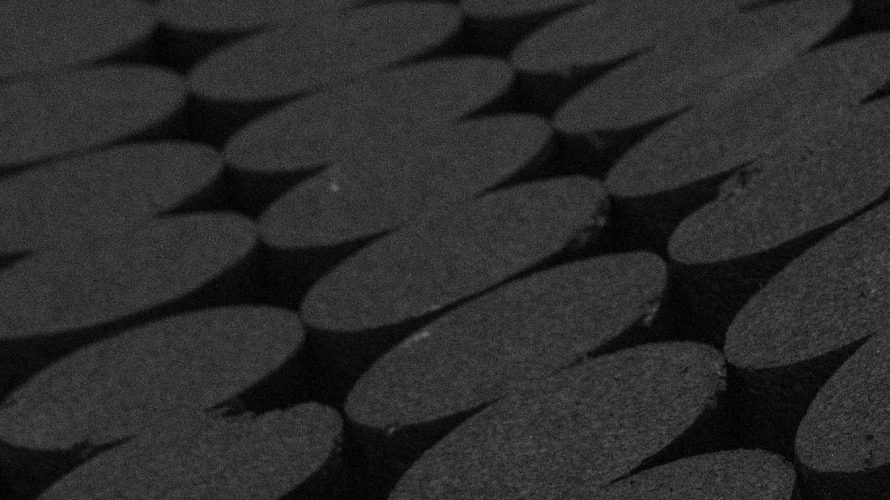The interest in the past decade in composite material has increased drastically du to its high performance-to-weight ratio. However, manufacturing of complex geometries has limited the use of these types of materials such as carbon fibres. This is where discontinued long fibre (DLF) composites show its great potential, it has good formability while keeping great mechanical performance thus bridging the gap between long and short fibre composites. Up to now unidirectional (UD) fibre chips are primarily used limiting the potential of the method.
In addition to showing great potential in mechanical performance, DLF composites could possibly be used as a recycling method for thermoplastic-based composites, where manufacturing remanence could be reused in secondary structure such as brackets, thus characterizing woven fibres chips is primordial to utilize the potential in DLF composites.
Abstract
Discontinuous long-fibre (DLF) composites can be made with randomly oriented unidirectional pre-impregnated composite chips. High fibre volume fraction unidirectional fibre chips provide good mechanical properties to the DLF composite architecture, which enables this material to contribute to bridging the gap between continuous-fibre and randomly-oriented short-fibre composites. However, it is well known that unidirectional fibres have highly anisotropic in-plane behaviour, which causes weak points in the parts when chips are oriented at unfavourable angles. This can be problematic since chips are randomly oriented in DLF composites. To overcome this problem, this research utilizes woven fibre chips instead of unidirectional fibre chips to fabricate DLF composites. Woven fibres diminish the potential for weak points due to their more homogenized in-plane mechanical properties. For comparison purposes, compression moulded carbon/PEI samples were made from both unidirectional chips and 5HS woven chips. Bending and tensile tests following ASTM guidelines were performed to compare both types of fibre arrangement. The results show that woven fibre chips increase the mechanical properties of the DLF composites and reduce their variability.

